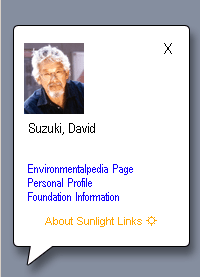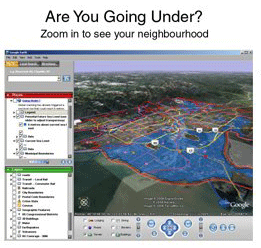I’m pleased to announce the final report of the McGill School of Environment’s UNFCCC research team, entitled Influencing Climate Change Policy: Environmental Non-Governmental Organizations Using Virtual and Physical Activism.
The executive summary is provided below. The full report, including details on the methodology, can be downloaded.
This research reports the way Environmental Non-Governmental Organizations (ENGOs) use the tools of virtual and physical activism to influence climate change policies. ENGOs are well-positioned to influence these policies by developing expertise on global warming issues, representing the interests of impacted humans (and non-humans), and providing knowledge and information to decision-makers and the public.
ENGOs accomplish this through a variety of physical and virtual tools. Physical tools (or activities) include paper reports, face-to-face meetings, marches, and conference attendance. Virtual tools range from creating/updating websites to emailing to live webcasting. Virtual activism implies communication via the use of Internet tools; whereas physical activism suggests the tools of in-person communication that have little reliance on virtual means. Activism in this study comprises the advisory and advocacy tools used by ENGOs to transmit information.
With few exceptions, the unique value and contributions of virtual activism has not been considered in research on ENGO influence in policy negotiations; instead, research focuses on strategies and goals, and largely with traditional physical activities. However, nearly all ENGOs employ some form of virtual activism. Many argue that virtual activism embodies characteristics that match the urgency and global scale of climate change. It holds tremendous potential for ENGOs to reach large numbers of people inexpensively and immediately, but at a possible cost of decreased personal relationships and actual impact.
In research, the role of virtual tools and physical tools tends to be explored separately. In practice, an organization does not use one to the exclusion of the other. This research is unique in three ways. First, it explores the way ENGOs use virtual tools to substitute for or complement physical tools. Second, it investigates specific characteristics of tools relative to their application. Lastly, it outlines the relative advantages of implementing these tools to influence climate policy.
METHODOLOGY
Research was conducted in the months preceding and during the United Nations Framework Convention on Climate Change/ 11th Conference of the Parties/ 1st Meeting of the Parties (UNFCCC/ COP-11/ COP/MOP-1), held in Montréal, Quebec, Canada November 28 to December 9, 2005. Researchers conducted interviews with ENGOs communication directors before the meeting and ENGO representatives during the meeting.
Our client was Équiterre, an ENGO based in Montréal. Équiterre coordinated ENGO activities during the 2005 UNFCCC meeting in Montréal. Équiterre was interested in assessing which activism tools are most effective in achieving their ENGO goals and furthering their cause. We were assisted by members of Équiterre in this study. We were further assisted by Barbara Black, NGO liaison officer of the UNFCCC.
RESULTS
We found that physical activism has an overriding importance in establishing personal relationships and networks, which were found to be among the most effective ways to influence decision-makers and gain public and media attention. Virtual tools evince greater potential to facilitate information transmission globally and are commonly employed to enhance physical activism. Specifically,
- Physical tools are considered to have more impact for the ENGO resources expended and are superior to virtual tools in influencing policy makers, although they are more expensive than most virtual tools
- The personal contact characteristic of physical activism is essential to influencing climate change; physical tools are perceived to be interactive, engaging, and direct, and they build personal relationships, trust, and commitment
- Virtual tools allow for greater information availability and accessibility, possess larger scope and scale, and are considered relatively inexpensive in time and cost, although they are less capable of establishing personal contact than most physical activities
- Virtual tools are possible substitutes for physical tools if personal relations are first built sufficiently with physical tools. Virtual tools may gradually replace physical contact. Virtual tools can substitute for intra-organizational management and inter- ENGO coordination
- Virtual tools are possible complements for physical tools if used in tandem, as in supporting online resources or providing support in coordinating physical tools
(e.g., webcasts and webconferences including Voice over Internet Protocol (VoIP), emails to maintain contact with distant policy makers)
(e.g., webcasts of live events, emails as reminders of prior conversations, wikis for organizing and coordinating physical activities, websites to archive background briefing papers to prepare for conferences)
RECOMMENDATIONS
Based on this research, we recommend that our client choose activism tools on a strategy-specific basis. Strategies involving decision makers require personal interaction afforded by physical tools, although they can be complemented by virtual tools. Indirect strategies, such as generating media attention and public awareness, may allow greater integration of virtual and physical tools.


